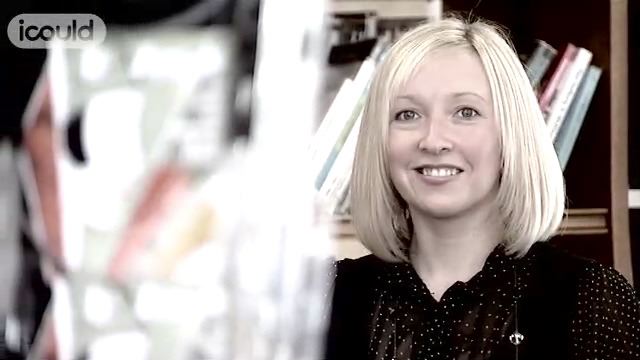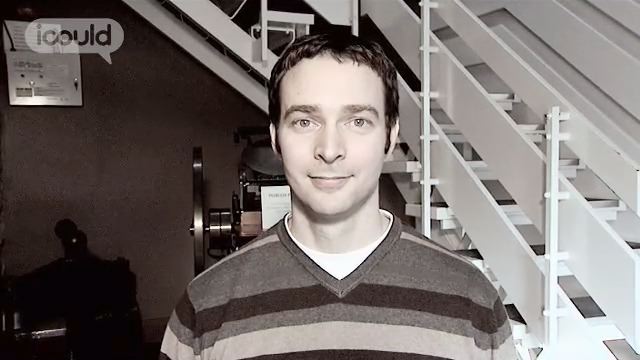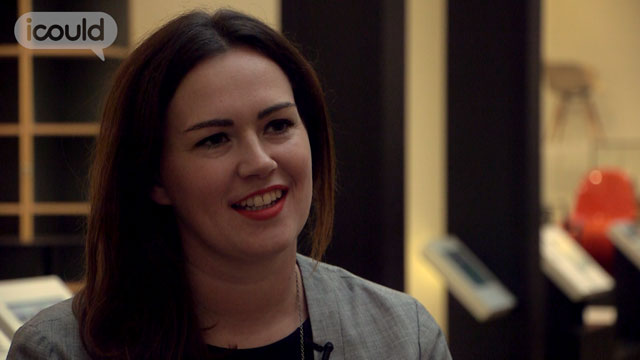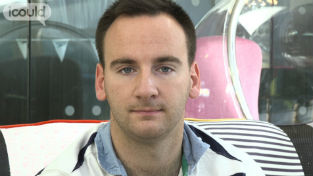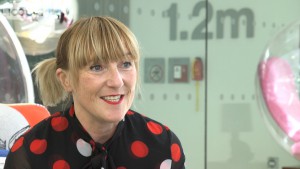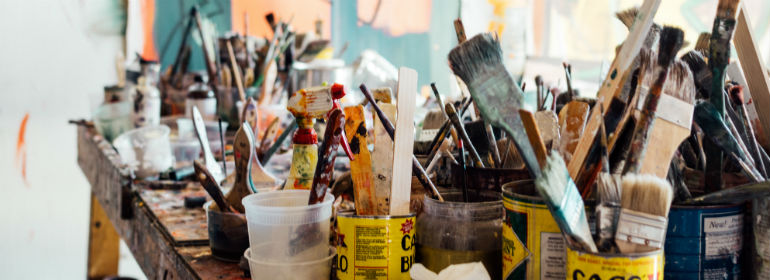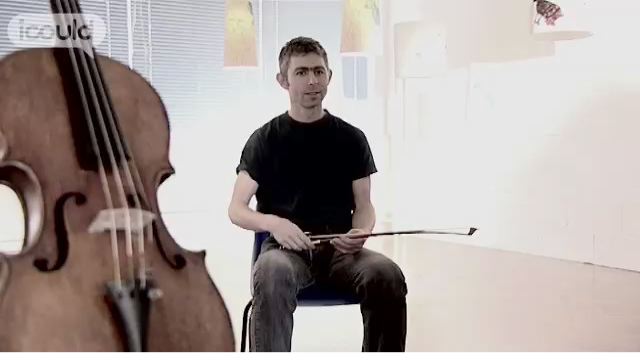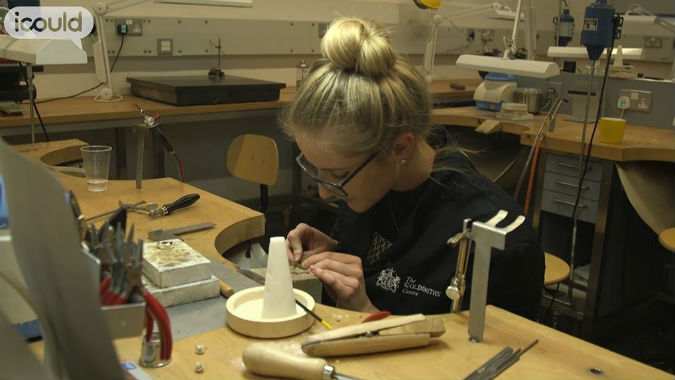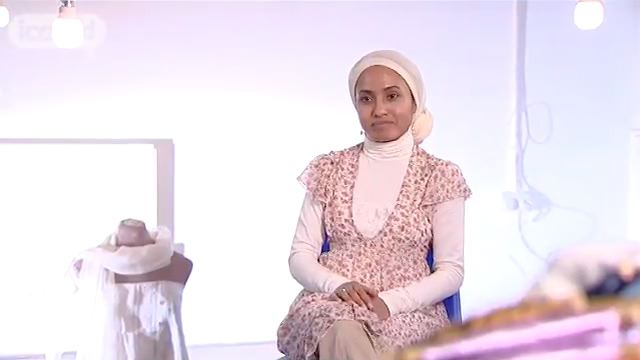Graphic Designer
Self-employed
IAN ‘SWIFTY’ SWIFT
00:00:02 My name is ‘Swifty’ or Ian S. I’m a graphic designer, primarily, but I do art. I design magazines, fonts, posters, record sleeves.
00:00:17 When I was a very young boy, I loved all this stuff but there was no thoughts of being an artist, you know, that didn’t really come into it. I mean, my thing was I wanted to go into the army, for a long time. I loved the outdoor kind of life, was always kind of camping in the back garden and shooting Action Men with air rifles, you know, that kind of stuff.
00:00:45 My dad was an army man. He was very keen for me to join the RAF. There was a test that you could take that put you straight in at, kind of Officer status, you know, you were then trained to be an officer. So he took me into Liverpool, he bought me a suit and I went into Liverpool and had the test.
00:01:01 I must have failed it dismally, because I just remember him being very disappointed with me. And, but then what happened was, my dad actually died when, when I was 15, so suddenly I was in this position where there was no expectation of me then, I suppose. Suddenly, that was something that just, it wasn’t there any more, there was no pressure.
00:01:31 When my father died, I went to live with my sister who was much older than me, and she literally gave me a, a brochure for the art college in Warrington and said, “Why don’t you go there? And I actually, you know I went for the interview and took along a load of my drawings and they just accepted me straight away.
00:01:48 I did two years in Warrington on a, on a foundation course. I think, by the end of that first year, the graphics tutor, Martin Dutton, thrust a copy of The Face in my hands and said, “This is the future.” You know, I went to Manchester Poly from there and one of the tutors there knew Neville Brody, who was the Art Director of The Face, and he came up to lecture and gave me a job.
00:02:26 At the time it was, it was a really big deal, yeah, because The Face was incredibly popular then, you know. It was THE style bible and I landed a job there in 1986, so I came down and started by career in graphic design.
00:02:46 For pretty much five years, I worked solidly, you know and, I think by ’95, I’d designed hundreds of flyers, hundreds of record sleeves and was firmly established as a, you know, a music industry designer.
00:03:04 By ’95, I done pretty much everything I wanted to do. I had my own studio, I was actually employing a couple, you know, one person and later employed a lot, you know, a few more people and would be deemed to have been a successful graphic designer. The next big turning point was the late ’90s when I scrapped the studio. Rents were going up.
00:03:25 I lost a big client and there was very much a change in the dynamic, you know, there wasn’t as much money coming into the studio. I, basically, have gone back to working on my own again, which is how I started out but now, recently in the last couple of years, I’ve started putting a lot more time and energy into my own personal artistic endeavours. The graphics, the commercial art is still there, it still pays the bills. Still do record sleeves, still do title sequences, but it’s the art that I’m pushing now, yeah.
ENDS
Ian S says “I’m a graphic designer primarily, but I do art.” He says “I’d designed hundreds of flyers, hundreds of record sleeves and was firmly established as a music industry designer.” He decided to close his studio and work on his own again – but focussing on art as well as design.
More information about Graphic designers
The UK average salary is £29,813
There are 37.5 hours in the average working week
The UK workforce is 47% female and 53% male
Future employment
- Liaises with client to clarify aims of project brief, discusses media, software and technology to be used, establishes timetable for project and defines budgetary constraints;
- Undertakes research into project, considers previous related projects and compares costs of using different processes;
- Prepares sketches, scale drawings, models, colour schemes and other mock-ups to show clients and discusses any required alterations;
- Prepares specification and instructions for realisation of the project;
- Liaises with other parts of the production team to ensure graphic design fits with other elements, processes and timescales;
- Produces or oversees creation of the final product.
